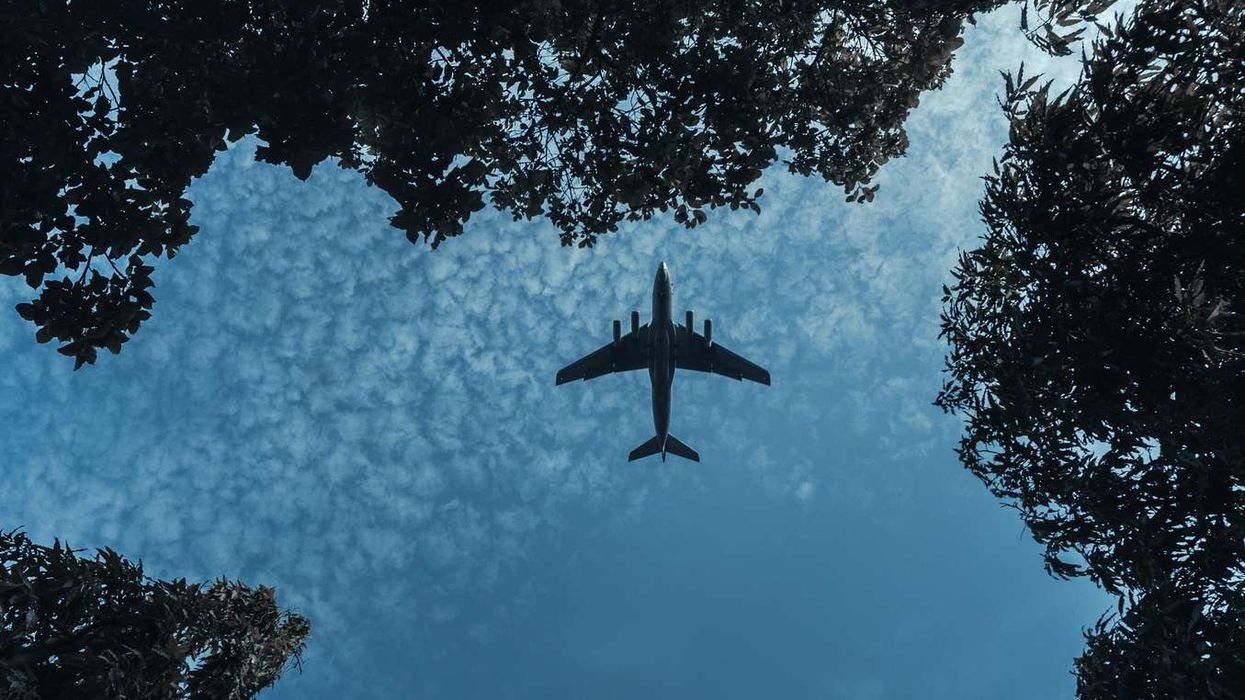AS THE NOVEL coronavirus spreads out of China, affecting travel to and from the U.S., a report from HVS seeks to understand the ramifications of the outbreak by studying a similar situation, the SARS pandemic of 2003. That past experience indicates the biggest impact will be a drop in inbound tourism to the U.S. from China, which has been a growing market for international tourism.
As of Feb. 17, the date of the most recent World Health Organization situation report on the coronavirus now dubbed COVID-19, there have been more than 71,400 confirmed cases in China and 25 other countries. That number includes 1,772 deaths in China and three deaths in other countries.
The extensive report from Anne Lloyd-Jones, HVS director of consulting and valuation and senior managing director of the company’s New York office generally covers the SARS outbreak effects in Canada and the U.S.
“As discussed, there are strong parallels between SARS and the coronavirus; both originated in China, and the diseases are similar in terms of symptoms, severity, and transmission,” Lloyd-Jones said in the article. “However, in terms of international travel and tourism, the context in which the coronavirus is occurring is radically different from when SARS occurred in 2003.”
For example, Chinese tourism has expanded, with approximately 150 million international travelers in 2018 originating in China, a 15 percent increase from the previous year. In 2017, Chinese tourists spent $115 billion worldwide.
In the U.S. alone, around 3 million Chinese visitors came to the U.S. in 2018, making up 3.8 percent of total international visitors and 7.5 percent of overseas visitors for that year, the HVS report said citing figures from the U.S. Department of Commerce. Those visits generated more than $34.6 billion in spending. However, those numbers show a 5.7 percent decrease in the number of visitors to the U.S. and a 2.2 percent decline in spending from 2017, with similar declines expected for 2019.
“The recent drops in Chinese tourism have been widely attributed to the trade wars with China,” Lloyd-Jones said. “Nevertheless, the current level of visitation is over ten times greater than the number of visitors from China in the early 2000s.”
The 2018 total of tourist spending is almost 15 times the $2.3 billion total spending by Chinese visitors to the U.S. recorded in 2002, the report said.
Still, the number of arrivals to the U.S. from China during the SARS outbreak dropped 30 percent. It recovered by 2005, surpassing the earlier peak in number of visitors and adding $1 billion in spending over pre-SARS levels.
“Ultimately, the impact of the coronavirus on the global travel industry will depend on the course of the pandemic, the extent and duration of travel restrictions and, perhaps most significantly, the media’s coverage of, and the traveling public’s response to, these events. Clearly, the U.S. lodging industry and other sectors that benefit from travel and tourism will be negatively affected,” Lloyd-Jones said. “Over the longer term, however, the outlook is more optimistic. As is illustrated by travel patterns following prior pandemics, the volume of travel can recover relatively quickly. Moreover, China continues to be a significant source of tourism for the U.S., with the potential to generate substantially more visitors and economic impact than recorded in recent years. As the trade issues continue to be resolved, the U.S. can expect to participate in this expanding market.”
Last month a report from travel risk and crisis response provider Global Rescue found that most respondents in a survey were planning to travel in 2020 despite fears of cybercrime and health concerns.












